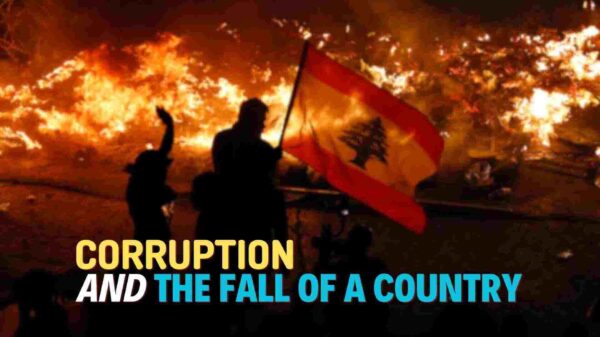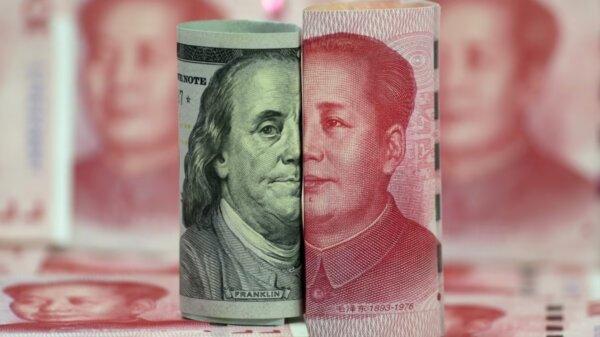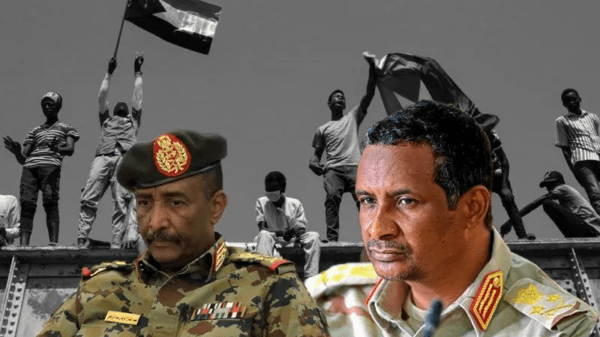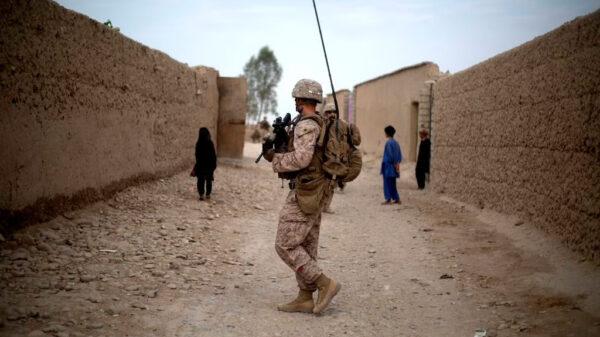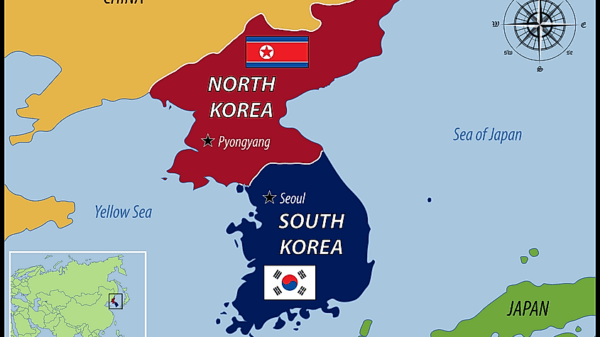In a historic moment on March 7, 1971, Sheikh Mujibur Rahman made a significant declaration, formally announcing Bangladesh’s independence from West Pakistan. Unfortunately, this declaration sparked a violent conflict that led to the tragic genocide of an estimated 3 million Bangladeshis. The magnitude of this genocide had not been witnessed since the atrocities of the Second World War. Despite this devastating setback, Bangladesh emerged as a sovereign nation, albeit burdened with poverty and numerous challenges.
Rebuilding a Shattered Nation
The aftermath of the war left Bangladesh in ruins. The destruction extended to roads, bridges, factories, and farms, causing severe setbacks to the country’s infrastructure and economy. Tragically, this destruction coincided with a destructive tropical cyclone that hit the country just four months earlier, claiming the lives of half a million people and submerging a fifth of the entire nation. The combined impact of these calamities was comparable to the aftermath of a nuclear attack, leaving Bangladesh in a state of despair.
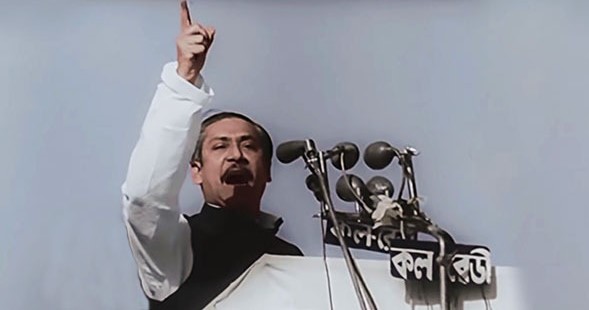
Despite the overwhelming challenges, Bangladesh exhibited remarkable resilience in the face of adversity. The nation refused to succumb to its fate as a poverty-stricken, disaster-prone country. Instead, it embarked on a path of recovery, determined to improve the lives of its citizens and secure a brighter future. Over the past three decades, Bangladesh has achieved remarkable progress across multiple dimensions, defying all odds and surprising the world.
Socioeconomic Advancements
Bangladesh’s strides in socioeconomic development are nothing short of astonishing. Life expectancy, a crucial indicator of the quality of life, has skyrocketed by an impressive 180 percent. The nation’s resilience and proactive measures have also significantly reduced the fatalities caused by tropical cyclones, bringing them down by an incredible 100-fold. Poverty rates have witnessed a dramatic decline, plummeting from a staggering 80 percent to less than 19 percent. Furthermore, the child mortality rate has been slashed by an impressive 92 percent, reflecting improved healthcare and social welfare initiatives.
In addition to its remarkable socio-economic advancements, Bangladesh has emerged as one of the world’s fastest-growing economies. Previously lagging behind its neighboring country Pakistan, Bangladesh has now overtaken it in terms of GDP per capita, boasting an almost 50 percent higher rate. The nation’s economic growth trajectory has been steady and impressive, attracting global attention and investment. In fact, in 2019, Bangladesh even surpassed India in terms of GDP growth rate, solidifying its position as an economic force to be reckoned with.

Bangladesh’s success story is not a fleeting mirage but a testament to its sustained efforts and strategic vision. The nation has leveraged its strengths and adopted various measures to ensure its progress is not merely temporary. With a firm commitment to achieving high-income status by 2041, Bangladesh continues to focus on diversifying its economy, investing in infrastructure, improving education, and fostering innovation. By embracing sustainable development practices, the country aims to create a prosperous and inclusive society for its citizens.
Reviving a Nation: Sheikh Mujibur Rahman’s Extraordinary Journey
As Sheikh Mujibur Rahman triumphantly returned to a shattered nation in early 1972, he faced an immense challenge as the leader of the Awami League, the driving force behind Bangladesh’s independence movement. Tasked with the responsibility of rebuilding the country from scratch, restoring order, establishing political institutions, and accelerating economic development, he embarked on an extraordinary mission armed with nothing but determination.
Restoring Stability in Turbulent Times
In the aftermath of the Liberation War, the coalition that fought against Pakistan began to fragment rapidly, with various factions vying for control over economic resources and political dominance. Faced with escalating political instability, Mujibur and the Awami League found themselves compelled to prioritize loyalty to the party rather than merit when appointing officials. This strategy aimed to safeguard their fragile grip on power. Additionally, the government struggled with a severe shortage of skilled personnel due to the systematic elimination of qualified individuals during the war. These challenges severely hindered the formulation and implementation of effective developmental policies.
The Complex Task of Property Distribution
One of the crucial initial challenges was determining the fate of properties and assets once owned by the former Pakistani elites. After enduring 24 years of economic subjugation, these elites possessed the majority of industries and businesses in the country. Recognizing the opportunity to strengthen the state’s power, the government promptly nationalized over 700 firms. However, many of these businesses were handed over to loyalists and party supporters who lacked industry-specific expertise.
This decision propelled the government toward a socialist economic system, leading to state ownership of banking, insurance sectors, and a staggering 92% of industries. The private sector faced heavy regulations, import restrictions, and profit caps, while foreign investment was prohibited without government partnership.
Soon enough, the consequences of these policies became painfully apparent. The state-controlled economy suffered from mismanagement, resulting in a dramatic decline of industrial output by 66% within just three years. Furthermore, the imposition of artificially low prices on farmers led to an 84% plummet in agricultural output, which severely impacted the economy as agriculture served as the primary source of income for the majority of the population. The nation faced an alarming scarcity of food.
Crisis upon Crisis
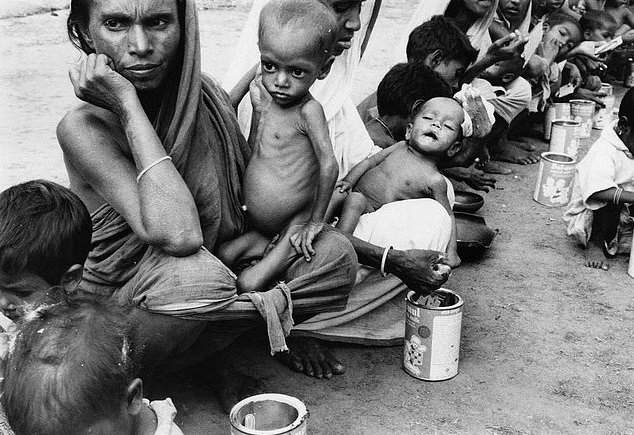
As if matters weren’t dire enough, catastrophic floods between April and July 1974 devastated the nation’s rice crop, exacerbating the economic turmoil. Inflation skyrocketed to an astounding 400%, triggering widespread hoarding and speculation. Corruption crippled the government’s food rationing system. Adding to the crisis, the United States, in protest of Bangladesh’s trade with embargoed Cuba, withheld 2.2 million tons of food aid within a mere nine months. Tragically, 1.5 million people succumbed to starvation.
The Erosion of Support and Rising Opposition
The aftermath of these catastrophic events severely undermined Mujibur Rahman’s support, leading to the formation of an extensive anti-Mujibur coalition backed by the military and a growing class of capitalists. In response to this opposition, Mujibur adopted an increasingly authoritarian approach. He declared a state of emergency, consolidating power as both prime minister and president. Establishing his own paramilitary force, he resorted to torturing opposition members and instilling fear in the population. Political parties were abolished, independent press was banned, martial law was imposed, and the pursuit of a socialist state intensified.
Despite the initial challenges and subsequent missteps, Sheikh Mujibur Rahman’s indomitable spirit and determination to rebuild Bangladesh after its hard-won independence remain an integral part of the nation’s history. His journey serves as a testament to the complexities of nation-building and the profound impact of strategic decisions on a country’s future.
The Rise of General Zia and Economic Reforms in Bangladesh
By 1975, Bangladesh had embraced socialism, envisioning a one-party totalitarian state. However, this ideology’s reign was short-lived. In August of the same year, a violent military coup led to the assassination of Mujibur, the leader of the country. The aftermath of the coup saw a series of political chaos, with a flurry of coups and counter-coups. Eventually, General Ziaur Rahman, known as Zia, emerged as the martial law administrator and assumed power in 1977.
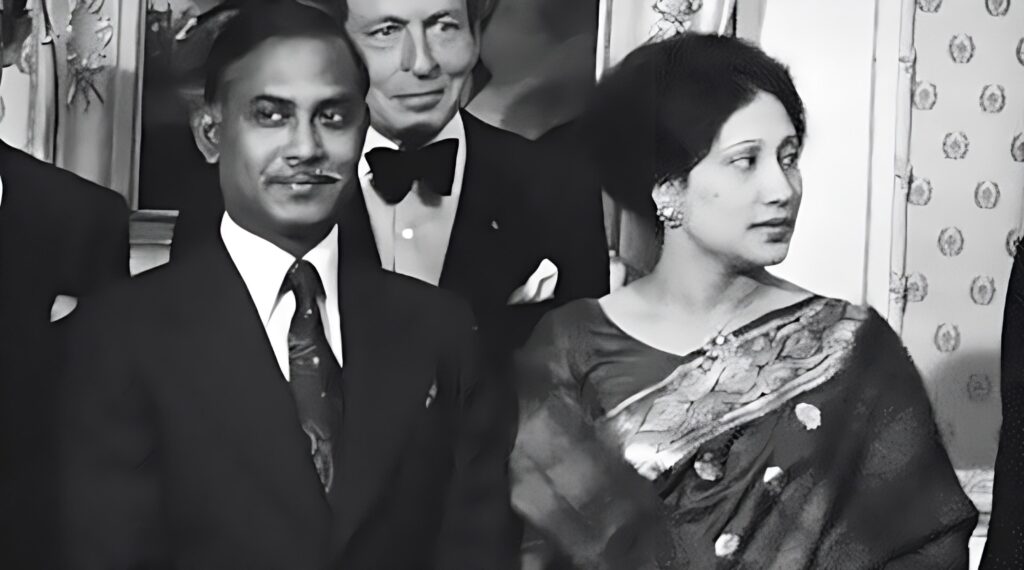
General Zia recognized the urgent need for foreign aid to stabilize Bangladesh. To attract international donors, he initiated sweeping policy shifts and advocated for a shift away from socialism towards a more liberalized economic system. This move was pivotal, as several Western countries and international organizations were willing to provide significant aid, but they required economic reforms as a precondition.
Under Mujibur’s leadership, the government had been hesitant to make such concessions. However, as the situation worsened, Zia embraced foreign aid as a desperate necessity. To appease the donors, he lifted restrictions on foreign investment, revitalized the stock market, reduced tariffs and duties, and initiated the process of privatizing state-owned companies. Consequently, Bangladesh received substantial foreign aid, amounting to nearly a billion dollars in 1977, which accounted for 8% of the nation’s GDP.
Economic Reforms and Agricultural Advancements
Zia’s reforms had a positive impact on the economy, particularly in the agricultural sector, which was crucial for Bangladesh due to its high population density. The government dismantled the subsidized public food system and removed price restrictions. Import restrictions on vital resources such as fertilizer, mechanized irrigation equipment, and pesticides were also lifted. However, the most significant development was the introduction of high-yielding variety rice crops. These crops were specifically designed to resist diseases, shorten the growth cycle, and increase the caloric output per acre.
The introduction of high-yielding rice crops revolutionized agriculture in Bangladesh. Farmers were able to produce more food on the same plots of land, even during the winter season. These advancements resulted in a tripling of agricultural output from 1971 to 2010, effectively preventing another famine after the devastating one in 1974.
Challenges and Political Instability
Despite the initial successes, Bangladesh faced challenges in sustaining economic growth. Zia’s decision to halt further economic reforms, coupled with a decline in foreign aid and poor harvests, led to a significant slowdown in economic growth by the early 1980s. Additionally, Zia’s efforts to depoliticize the military created uncertainty, which sparked 21 new coup attempts. Ultimately, Zia himself became a victim of a successful coup, plunging the nation back into political chaos.
The Era of Hussein Muhammad Ershad
Following a bloodless military coup in 1983, Army Chief of Staff Hussein Muhammad Ershad assumed control of Bangladesh. Determined to avoid the fate of his predecessors, Ershad solidified his power through authoritarian measures. He outlawed unions and rival political parties, dissolved the constitution, and reinstated martial law. Despite promising a transition to democracy, he consistently postponed elections and manipulated referendums to his advantage. However, Ershad reignited the economic reform process initiated by Zia.
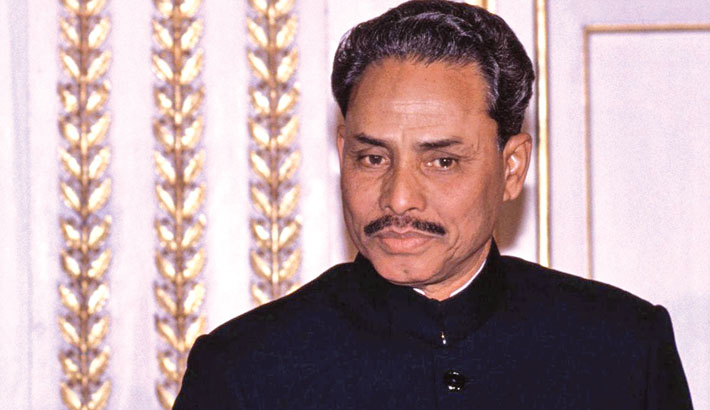
During Ershad’s regime, restrictions on the private sector were gradually lifted. More state-owned industries were transitioned into private ownership, and businesses were allowed to compete in banking, insurance, and other financial sectors. However, the most significant endeavor was the pursuit of export-oriented economic growth, taking inspiration from the successes of countries like Hong Kong, Singapore, South Korea, and Taiwan.
To kickstart this initiative, Bangladesh established an export processing zone in the southeast region of the country. This designated area allowed companies to import machinery, equipment, and manufacturing materials tax-free, provided they were used exclusively for goods destined for export. To further facilitate industrial expansion, the introduction of back-to-back letters of credit reduced risks for foreign companies selling machinery and equipment to Bangladeshi businesses.
The Impact of NGOs on Poverty Reduction
In the realm of economic reforms, the Ershad government in Bangladesh achieved remarkable strides. However, it is equally significant to acknowledge the pivotal decision they made by embracing non-government organizations (NGOs) and allowing them to address the pressing needs of the population.
Before Ershad’s tenure, the Bangladeshi government had some level of collaboration with NGOs. However, Ershad demonstrated unprecedented openness towards these organizations, granting them the freedom to deliver essential services ranging from education and finance to healthcare and family planning. Such a progressive approach was uncommon, particularly in politically unstable countries led by military regimes, as governments traditionally utilized these services to secure public support.
Allowing non-state actors to take charge of basic services was perceived as a threat to the government’s legitimacy, thus endangering the ruling authority. Nevertheless, the Hersot administration acknowledged its own limitations in providing comprehensive services, with attempts to raise taxes deemed politically unfavorable. Consequently, NGOs were untethered to operate independently, resulting in Bangladesh becoming a pioneering ground for experimental poverty-reducing initiatives.
Microcredit: A Catalyst for Change
In 1976, renowned university economics professor Muhammad Yunus observed the dire poverty plaguing Jobra, a small village near his residence. His research unveiled a significant obstacle faced by the community: limited access to financial resources for enhancing their productivity. However, the nation’s financial sector was feeble, and banks either refused to grant small loans to the poor or exploited them through exorbitant interest rates.
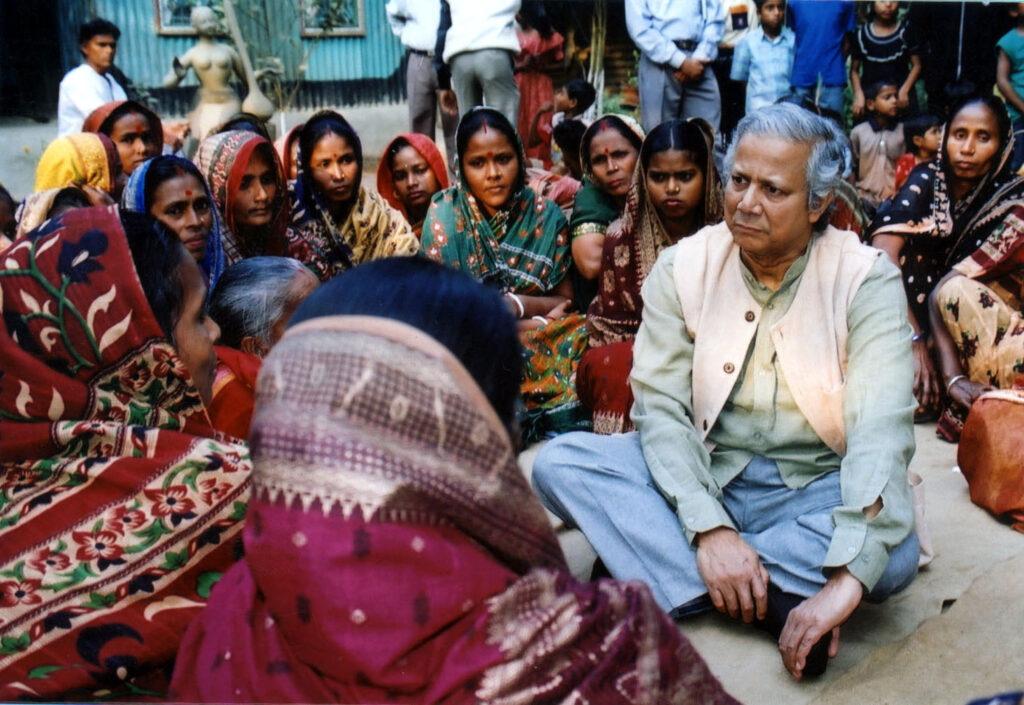
Through his personal endeavors, Yunus pioneered the concept of microcredit. He introduced a groundbreaking method whereby poor rural residents formed groups of five, each receiving small loans without the requirement of collateral. These loans were utilized to acquire productive assets such as livestock, improved farming equipment, or to launch small businesses. The groups supported one another during repayment challenges, as any default jeopardized the entire group’s access to future credit.
This simple yet effective approach yielded remarkable outcomes, with a staggering 97 percent loan repayment rate by the early 1980s. Scaling up his initiative, Yunus collaborated with the Arshad government and international donor capital to establish the Grameen Bank. As Grameen Bank extended its operations across the country, areas where it became operational witnessed a reduction in extreme poverty from 75 percent to 48 percent. Over time, borrowers experienced a 43 percent increase in income compared to non-participants.
BRAC: Transforming Lives on Multiple Fronts
Another influential NGO, the Bangladesh Rural Advancement Committee (BRAC), emerged under the guidance of Fazle Hasan Abed. A Bangladesh-born Shell oil executive who relinquished his position in the UK to aid the disadvantaged, Abed’s initial focus was constructing 14,000 homes for refugees and establishing crucial medical centers in the aftermath of the war.
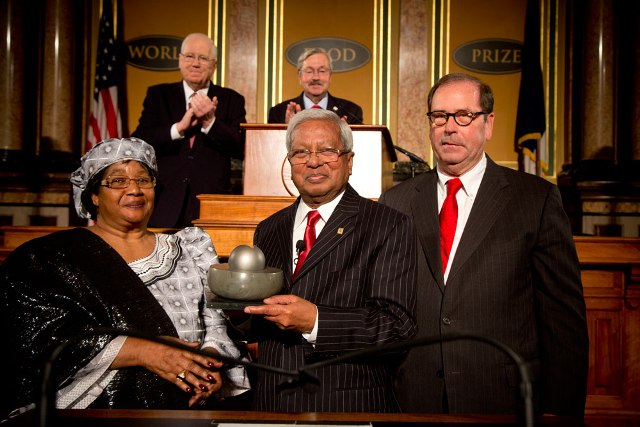
Responding to the alarming child mortality rates caused by diarrhea in the late ’70s, BRAC trained members to educate mothers about oral rehydration solutions. Over a decade, they reached 12 million households in 75,000 villages, resulting in a 90 percent reduction in diarrhea-related child deaths. Additionally, BRAC played a pivotal role in microcredit distribution, specifically targeting impoverished women who faced cultural discrimination. By empowering female heads of households with access to funds, a significantly higher proportion of the money was invested in improving children’s education and health.
BRAC’s efforts not only saved lives but also paved the way for greater gender equality in the economy, yielding significant long-term benefits. The increased acceptance of women’s participation in financial activities fostered positive implications for the nation’s development.
Over the years, Bangladesh has witnessed significant progress in various sectors, thanks to the concerted efforts of NGOs, BRAC, and the government. These organizations spearheaded extensive Family Planning campaigns to address the issue of high birth rates. As a result, the birth rate has significantly decreased from nearly seven births per woman in the ’70s to just two today. Furthermore, NGOs have played a pivotal role in establishing primary schools, medical clinics, and hospitals, greatly improving productivity, safety, health, and education, especially among the country’s poorest segments of society. This remarkable progress can largely be attributed to the substantial growth of NGOs during the Arshad administration.
Challenges and the Transition to Democracy
However, as the year ’99 approached, Ershad’s hold on power began to weaken due to his controversial legislation and election rigging. Widespread demonstrations, strikes, and protests became a regular occurrence, with the leaders of the major political parties, the BNP and AL, providing viable democratic alternatives to the prevailing system. By November, the protests had gained significant momentum, leading the military to withdraw its support from Ershad. Eventually, on December 6, 1990, he was compelled to step down from power.
With Ershad’s departure, Bangladesh embarked on a path toward becoming a functioning parliamentary democracy. Under the guidance of a neutral caretaker government, the country aimed to hold free and fair elections. In the subsequent election, the Bangladesh Nationalist Party (BNP) secured a slight majority, with Khalida Zia, the widow of General Zia, assuming the role of prime minister. The BNP-led government continued the trend of economic liberalization, incentivizing foreign investment by allowing full ownership of industrial firms. Currency exchange restrictions were lifted, and labor laws underwent simplification to facilitate hiring. Additionally, seven new export processing zones were established in a bid to foster sustained export-oriented growth.
The Rise of the Garment Industry
Bangladesh drew inspiration from the success stories of Asian economies like Korea, China, and Vietnam, identifying garments as a potential avenue for economic growth. The groundwork for this industry had been laid decades earlier when developed nations, facing stiff competition from cheap Asian imports, implemented the Multi-Fiber Arrangement, which imposed strict import quotas on major garment-producing countries. Seizing this opportunity, Bangladeshi manufacturers discovered a loophole—they could establish factories in countries with minimal existing garment industries to bypass the restrictions.

In collaboration with Desh Ltd, South Korean corporation Daewoo entered into a partnership to set up a production base in Bangladesh. Leveraging Bangladesh’s status as a least developed country, which granted preferential duty-free trade with developed markets, this venture gained traction. Despite initial setbacks, such as trained employees leaving to establish their own businesses, the garment industry in Bangladesh gradually expanded, thanks to favorable reforms and the establishment of economic processing zones. With the stability provided by the democratic system and other nations transitioning to more complex industries, Bangladesh emerged as an ideal location for garment manufacturing.
Bangladesh’s low wages and large workforce made it an attractive destination for garment manufacturing. Renting warehouses and employing labor proved to be more cost-effective than in many other countries. The nation’s massive population ensured a steady supply of workers for new factories. Consequently, the garment industry witnessed dramatic growth and predominantly hired poor women, who constituted around 90 percent of its workforce. This not only boosted overall employment figures but also significantly increased the incomes of impoverished families.
The Growth of Bangladesh’s Economy
Between 1990 and 2021, Bangladesh’s garment industry has experienced exponential growth, surpassing $34.2 billion in value and accounting for 81 percent of the nation’s exports. This phenomenal rise propelled Bangladesh to become the second-largest garment industry worldwide, following closely behind China. Consequently, the influx of foreign currency bolstered the economy, amplified by the increased demand for labor due to economic globalization in the 80s and 90s. Bangladeshi workers found employment opportunities in various countries, predominantly Saudi Arabia, the UAE, and other Gulf States. The remittances sent back to Bangladesh surged from $778 million in 1990 to an impressive $16.2 billion in 2018.
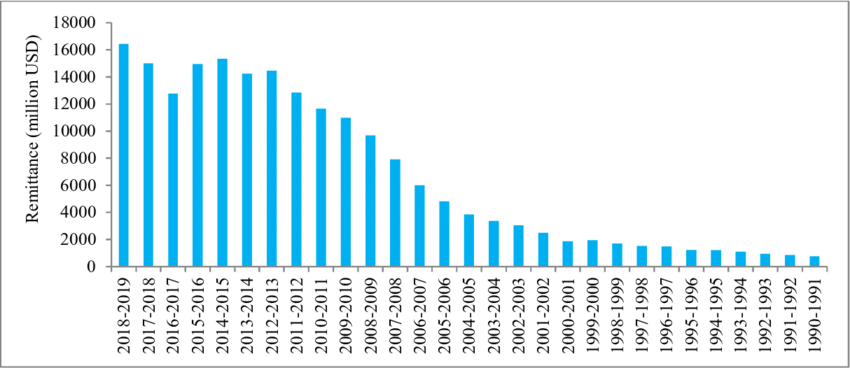
The combined revenue from garment exports and migrant labor successfully transformed Bangladesh’s historic trade deficit into a surplus. Consequently, the nation’s dependence on foreign aid decreased significantly, allowing the government to allocate more resources towards crucial sectors like education, energy projects, and transportation infrastructure. The construction of key infrastructural projects such as the Bank of Bandu and Padma Bridges facilitated improved connectivity across the country. Additionally, the tireless efforts of NGOs in conjunction with these advancements generated a remarkable positive economic feedback loop.
A Growing Economic Powerhouse
From 1990 to 2020, Bangladesh consistently maintained an impressive GDP growth rate of 5.6 percent, positioning itself among the fastest-growing economies globally. Surpassing both Pakistan and India in terms of GDP per capita, Bangladesh has experienced substantial improvements in various quality-of-life indicators. These advancements include significant reductions in child mortality rates, increased life expectancy, higher GDP per capita, decreased poverty rates, enhanced educational enrollment, and improved literacy rates. The socio-economic progress achieved by Bangladesh over the last 50 years is truly remarkable, and this trajectory shows no signs of slowing down. Although setbacks like the pandemic and geopolitical conflicts temporarily hindered the nation, Bangladesh is already bouncing back and is projected to resume its rapid growth.
Furthermore, Bangladesh’s previous efforts to reduce fertility rates have resulted in a demographic dividend, with more than 50 percent of the population currently employed. With a strategic focus on investing in human capital and infrastructure, Bangladesh is well-positioned to continue uplifting millions from poverty and achieve its ambitious goal of becoming a high-income country by 2041.
Diversification Challenges and Threats to the Garment Industry
Despite its notable progress, Bangladesh faces a critical challenge in diversifying its economy beyond the garment sector, which currently constitutes 10 percent of the nation’s economy and 81 percent of its exports. As the country grows and moves away from the classification of a least developed country by 2026, it will lose preferential trade benefits with wealthier nations. This presents an opportunity for other countries, such as Cambodia and Ethiopia, to seize a portion of Bangladesh’s market share. Additionally, Bangladesh’s competitive advantage in the garment industry relies heavily on low wages, which poses a threat to overall income growth and the nation’s stability should the industry decline.
Bangladesh is grappling with an overwhelming and unplanned wave of urbanization. Within a span of just 30 years, over 44 million people have migrated from rural areas to major cities. Meeting the demand for housing, hospitals, highways, and other essential services has proven challenging for the nation. Consequently, sprawling slums have emerged, contributing to poverty, inequality, and pollution. Unfortunately, this situation is expected to worsen as an additional 45 million people are projected to migrate to already crowded cities by 2050.
Perhaps the most concerning issue facing Bangladesh is its vulnerability to climate change. With nearly 75 percent of the country situated below sea level and its heavy reliance on agriculture, Bangladesh experiences approximately one billion dollars in weather-related damages each year. By 2050, this figure is projected to escalate to three billion dollars annually, potentially displacing 9-19 million people due to intensified storms and increased flooding.
Weak Government Institutions and Widespread Corruption
Bangladesh faces numerous challenges that pose significant threats to its future. However, with effective strategic planning and the implementation of appropriate policies, these obstacles can be overcome. Among the various issues, one stands out as the most critical, intertwining with the very fabric of the nation—the government structure and its politics.
Since its establishment, Bangladesh has grappled with weak government institutions, an overbearing military that interferes in politics, and authoritarian leaders who exploit their power. These factors are further exacerbated by pervasive corruption that permeates every level of society and the economy. At its core, Bangladesh’s system revolves around patron-client relationships, where the powerful provide protection, employment, or other benefits in exchange for support, loyalty, or services.
Government officials at the highest levels secure their power by aligning themselves with influential interest groups. They accomplish this by offering legal protections, providing public loans that are never intended to be repaid, and awarding lucrative government contracts. Unfortunately, there are insufficient mechanisms in place to ensure government transparency or accountability. Additionally, the justice system lacks independence and is often manipulated to shield corrupt officials from prosecution while targeting political opponents.
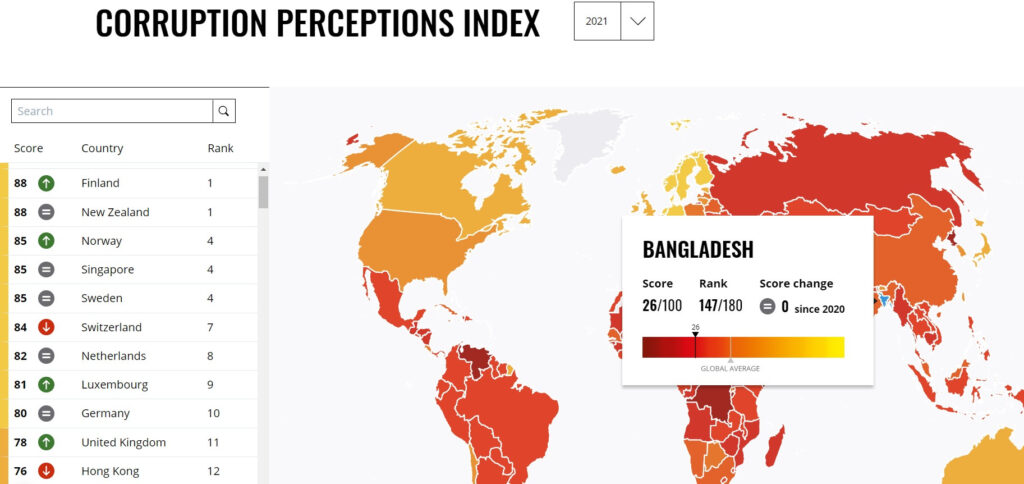
Bangladesh’s ranking of 147th on the Corruption Perception Index, only slightly better than Taliban-controlled Afghanistan, has severe repercussions for the economy, particularly for the poor. Extortion, bribes, and unofficial fees have become an integral part of everyday life, hindering progress in various sectors. From obtaining a job as a primary school teacher to evading unfair traffic fines or accessing welfare and subsidies, citizens must navigate a web of corruption. Furthermore, businesses seeking to enter new markets face excessive bureaucracy, difficulties in obtaining loans unless politically connected, and the necessity to bribe officials for basic permits. These challenges are compounded by inadequate contract enforcement, weak property rights, and ineffective law enforcement. Consequently, Bangladesh ranks 168th in terms of ease of doing business, resulting in a significant lack of foreign investment and limited diversification into more profitable industries.
Current Prime Minister Sheikh Hasina and the Concentration of Power
Under the leadership of current Prime Minister Sheikh Hasina, who is one of the surviving daughters of Sheikh Mujibur Rahman, Bangladesh’s situation has further deteriorated. While Sheikh Mujibur Rahman was assassinated for attempting to establish a one-party state, his daughter Sheikh Hasina is actively fulfilling his aspiration, utilizing her party’s influence over the court system and the police. In 2015, she arrested her main rival, Khaleda Zia, and banned her from participating in politics in 2018. The Digital Security Act, ostensibly introduced to combat religious radicalism, has been misused to suppress government critics online. Moreover, the impartial caretaker government, previously in place to ensure fair elections, has been abolished.
While Bangladesh has witnessed remarkable improvements in quality of life, these advancements have largely been driven by non-governmental organizations (NGOs) that stepped in when the government failed to provide essential services. Economic reforms that opened up the economy have led to significant growth; however, it is important to note that these reforms were primarily motivated by international pressure from donors. Although the government has made some noteworthy investments and policy decisions, Bangladesh’s recent success is largely attributed to factors independent of the government. As the government gradually marginalizes NGOs and reduces reliance on international aid, concerns arise regarding the government’s ability to continue making sound choices, especially when focused on retaining power and perpetuating corrupt institutions.
Conclusion
The government structure and politics in Bangladesh present significant challenges to the nation’s future. Overcoming these hurdles requires strategic planning, robust policies, and a commitment to combating corruption. By strengthening government institutions, fostering transparency and accountability, and promoting a fair and just society, Bangladesh can unlock its true potential. Only through genuine reform can the government become a catalyst for progress, leading the country towards sustainable development, economic prosperity, and a brighter future for all its citizens.

